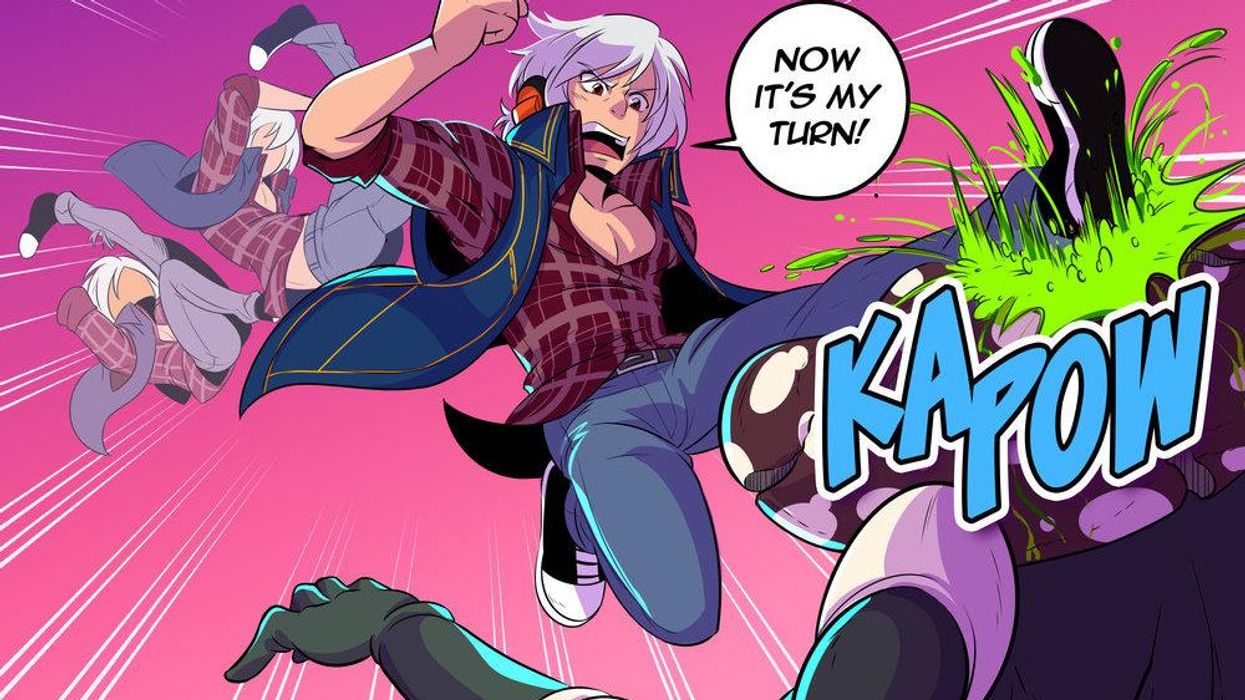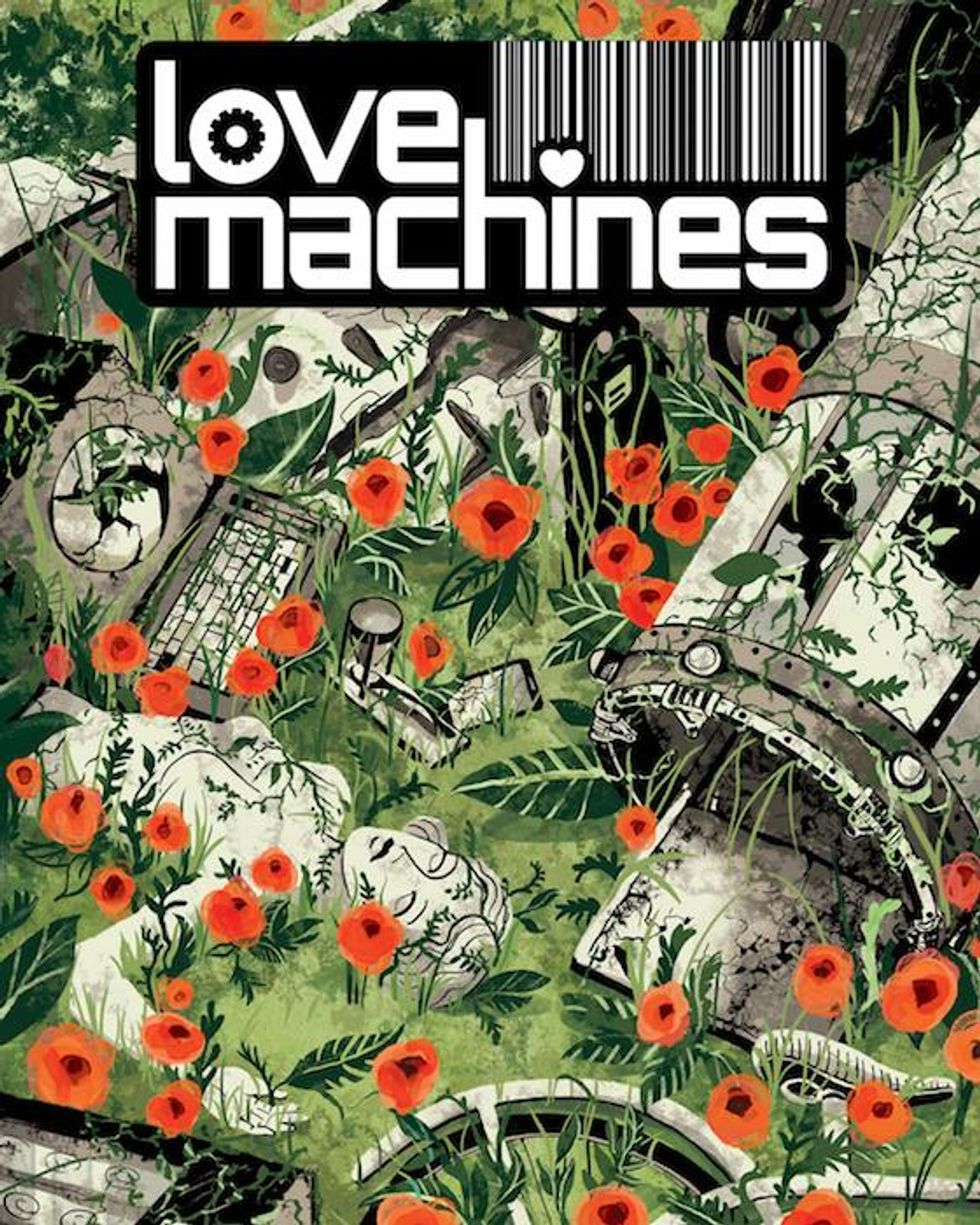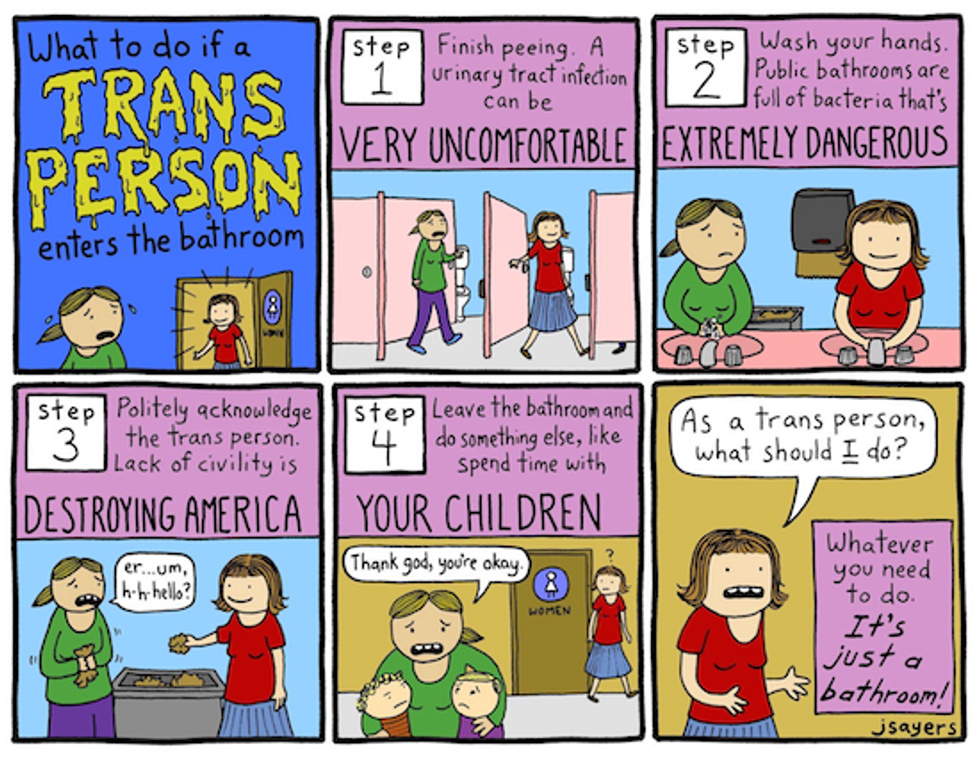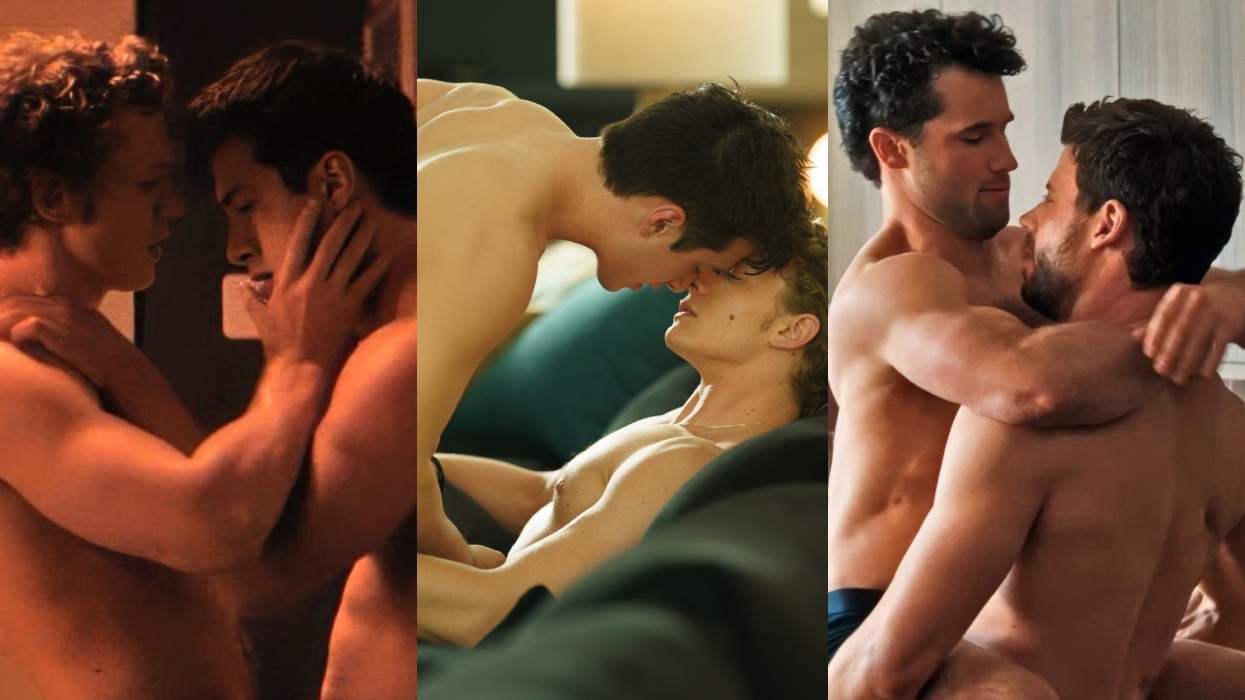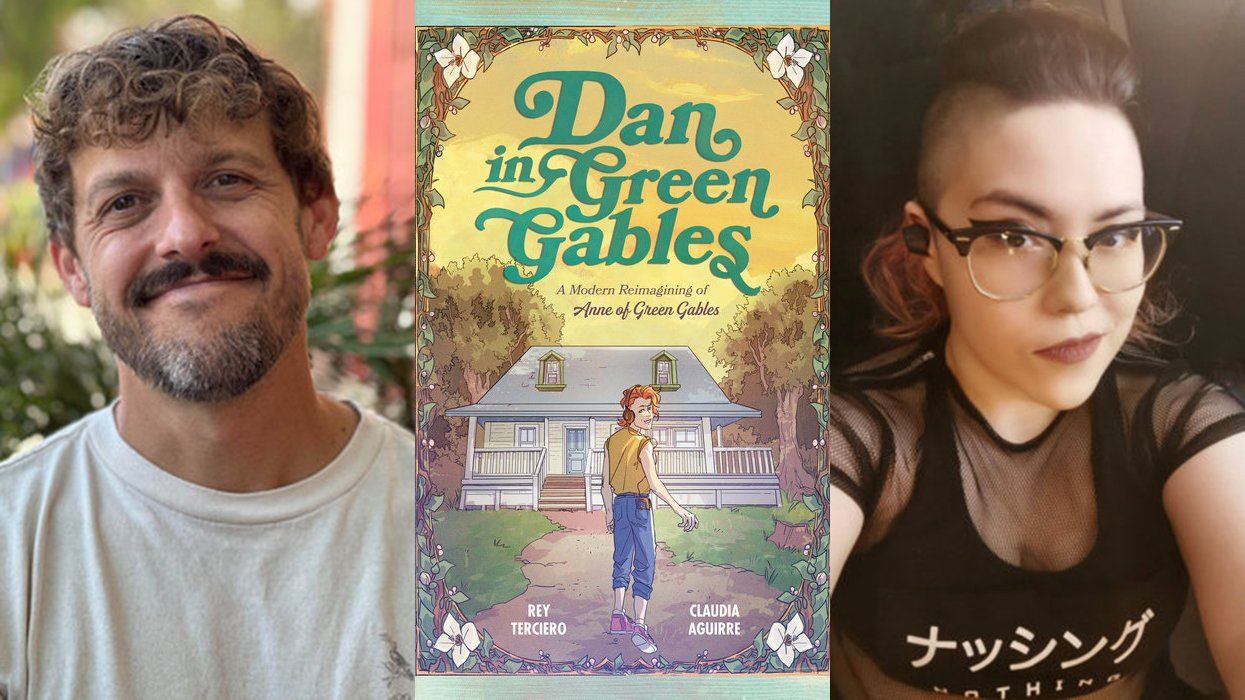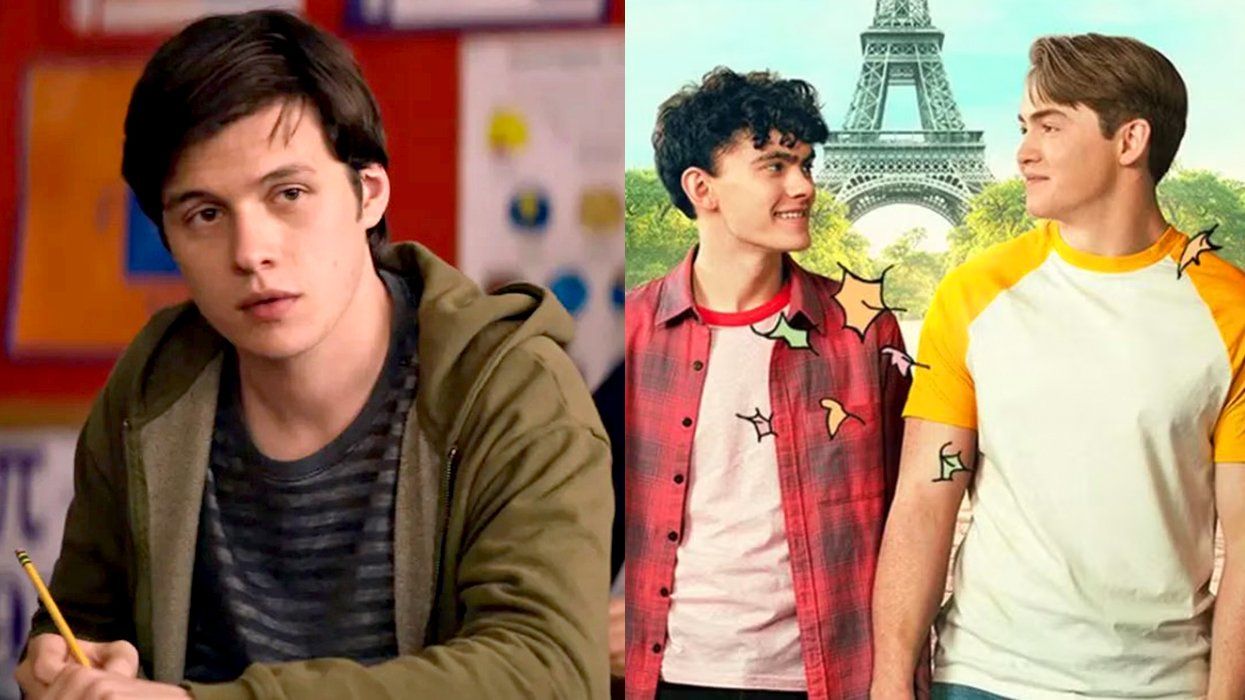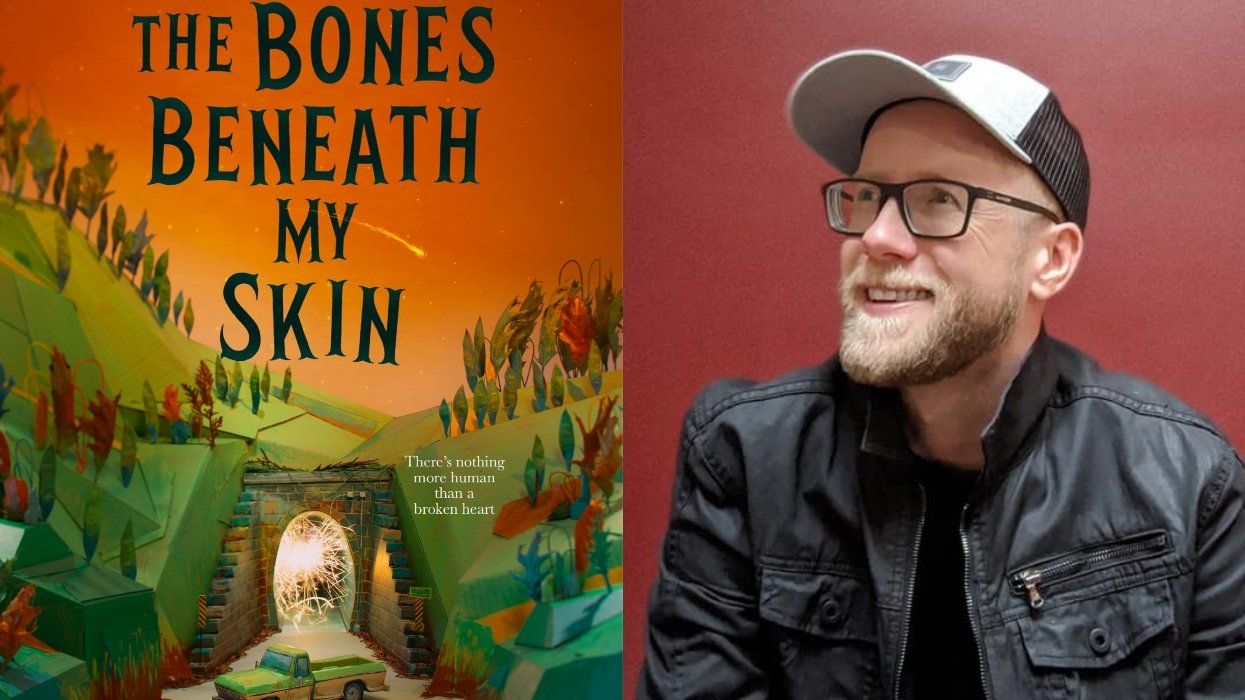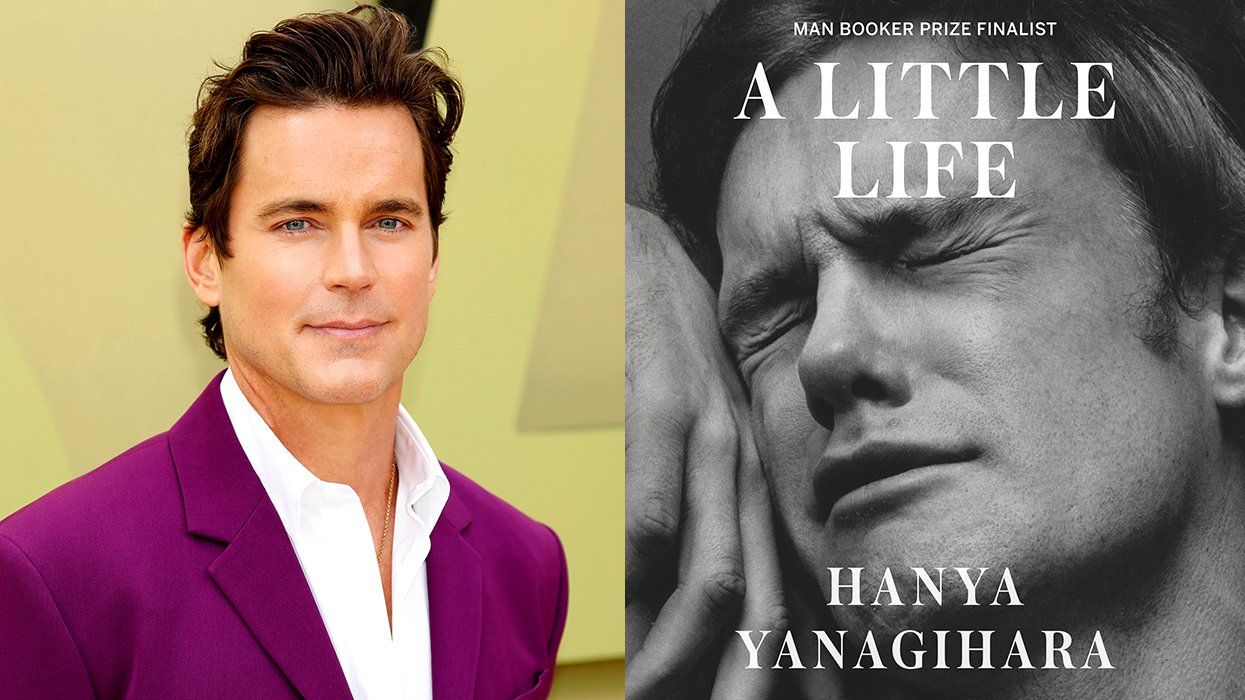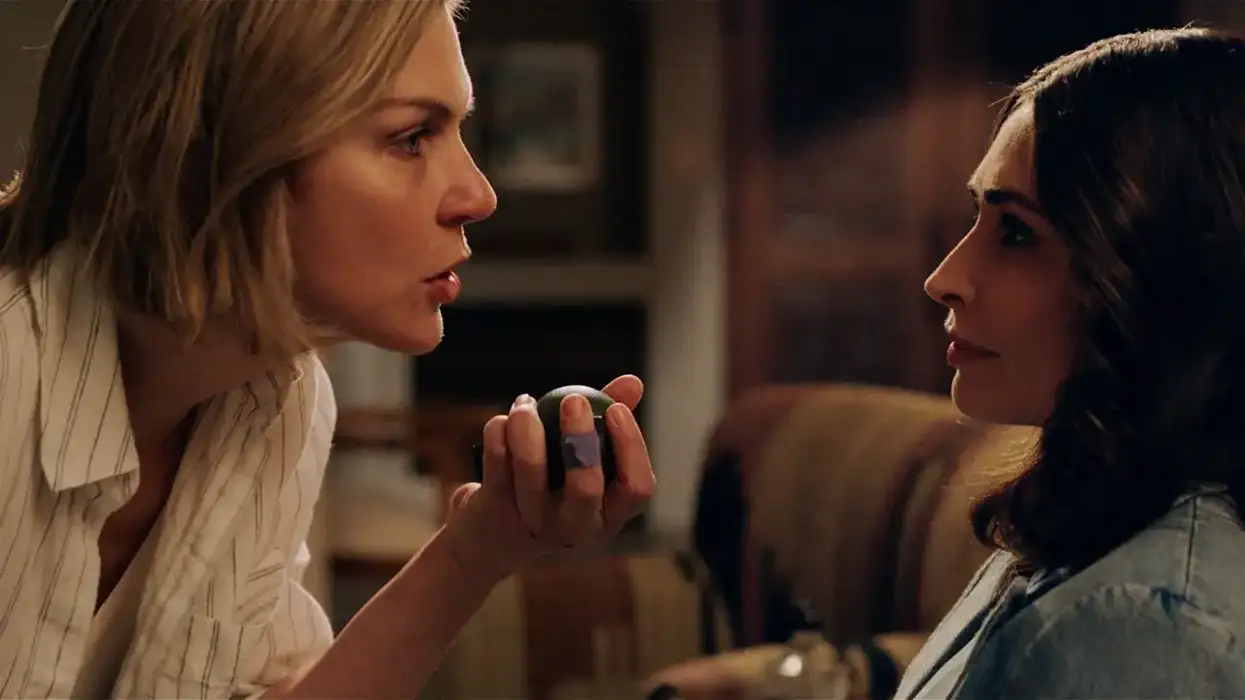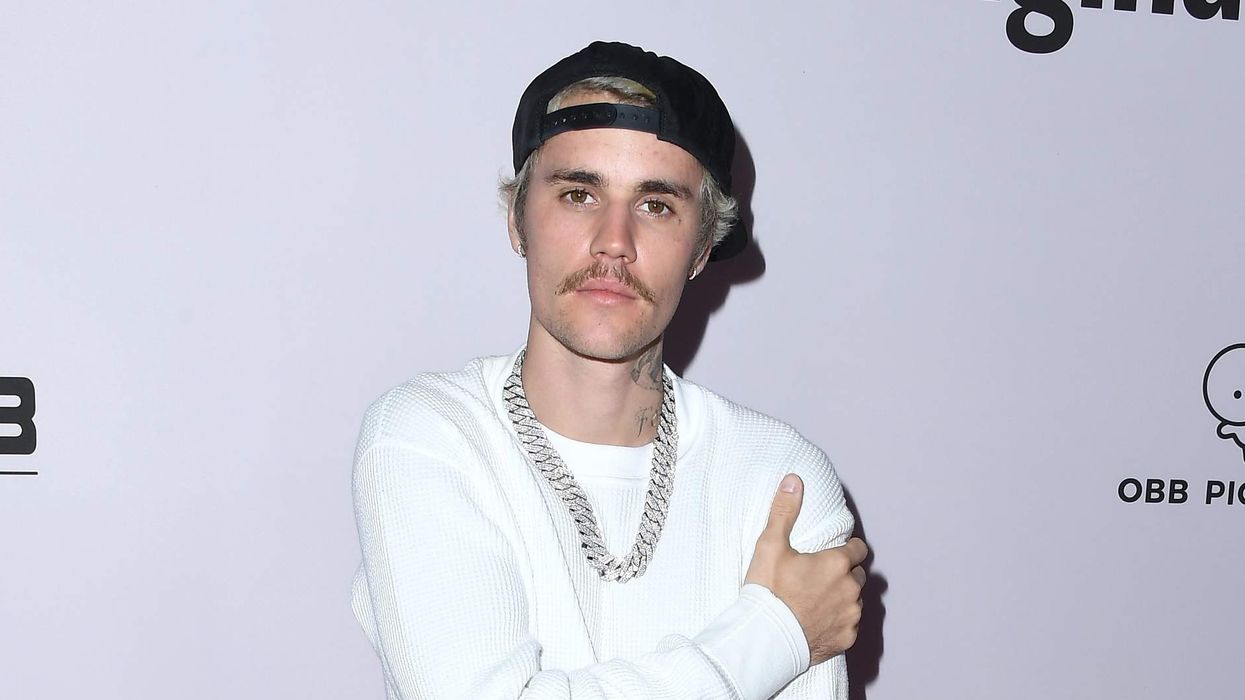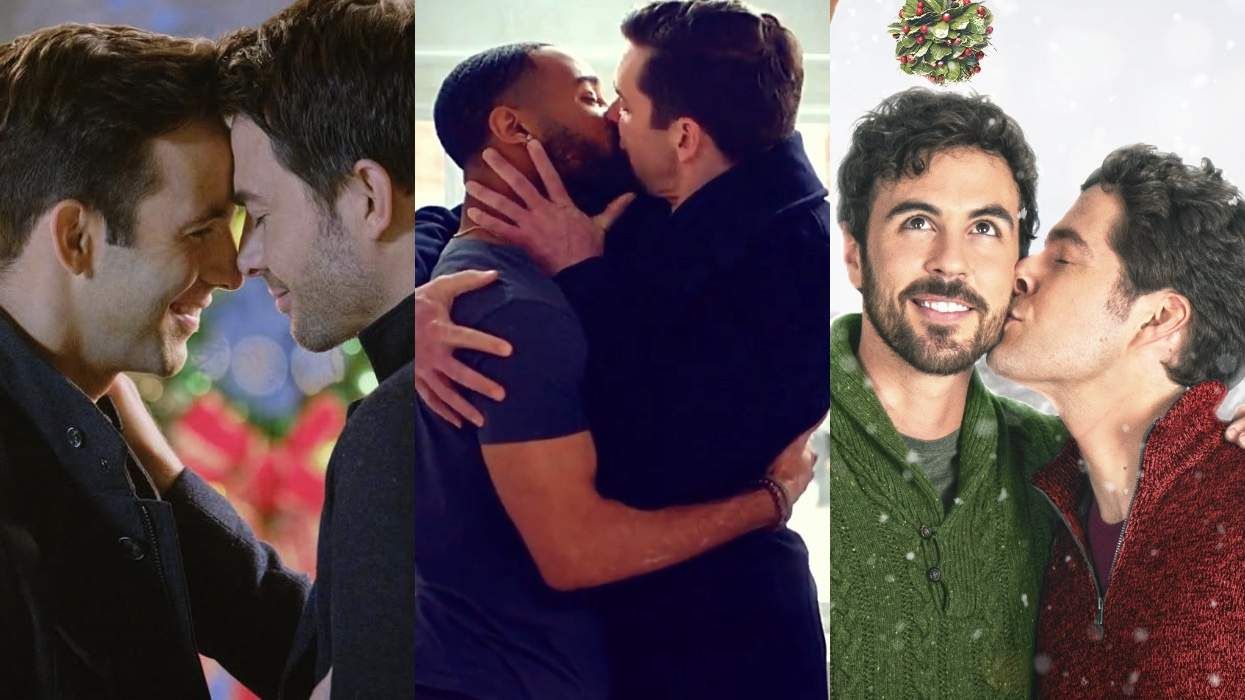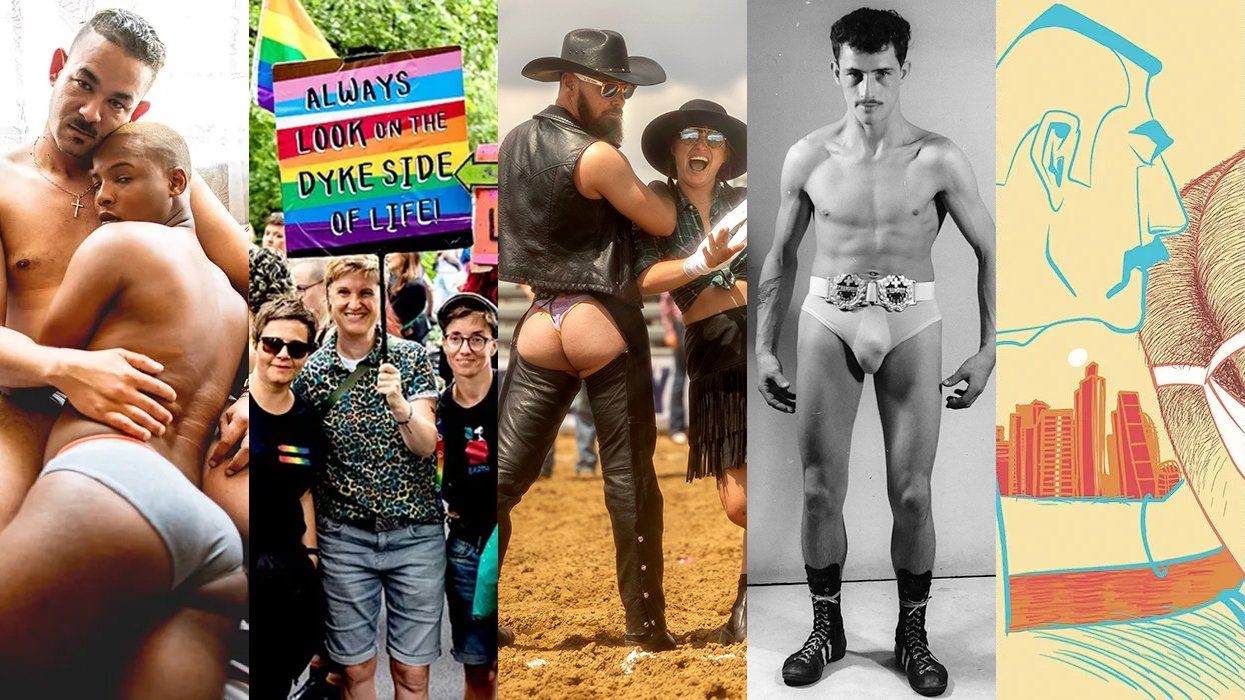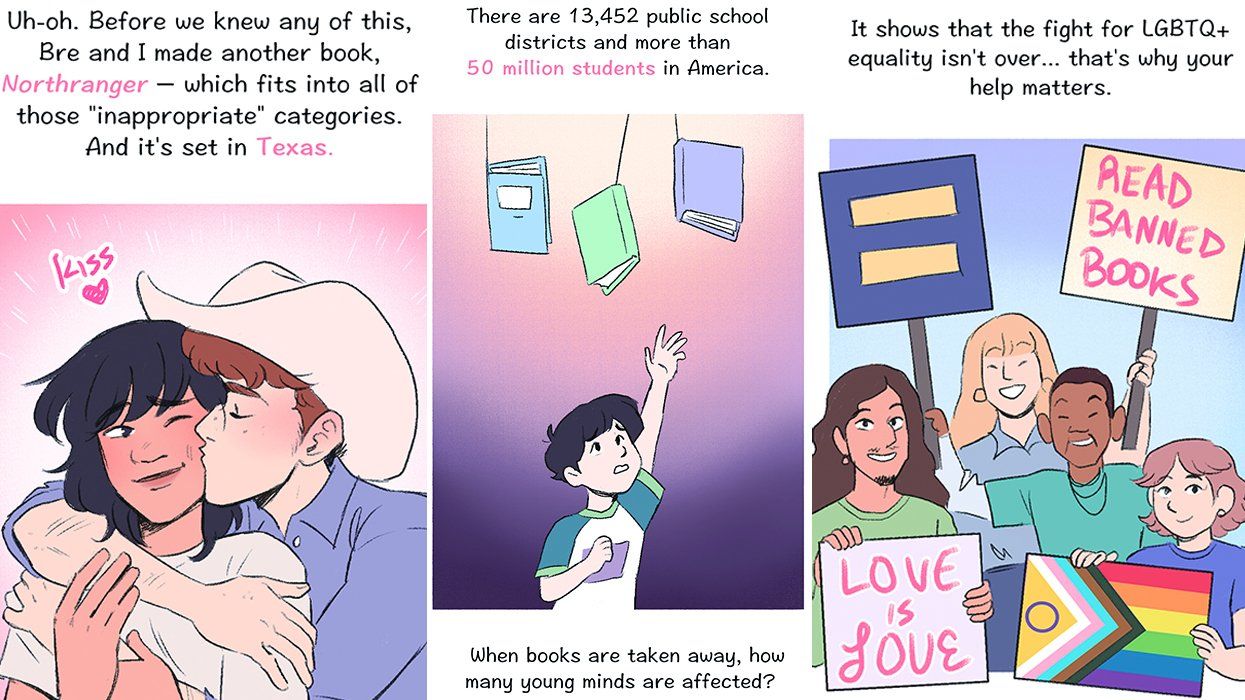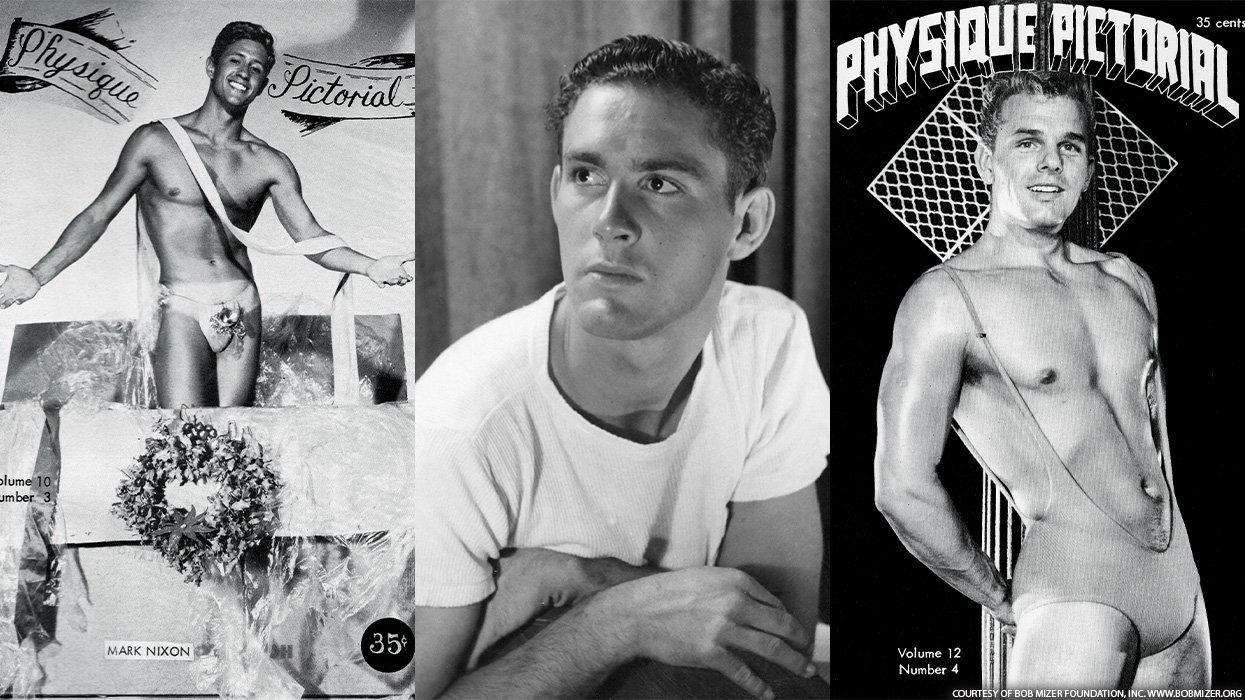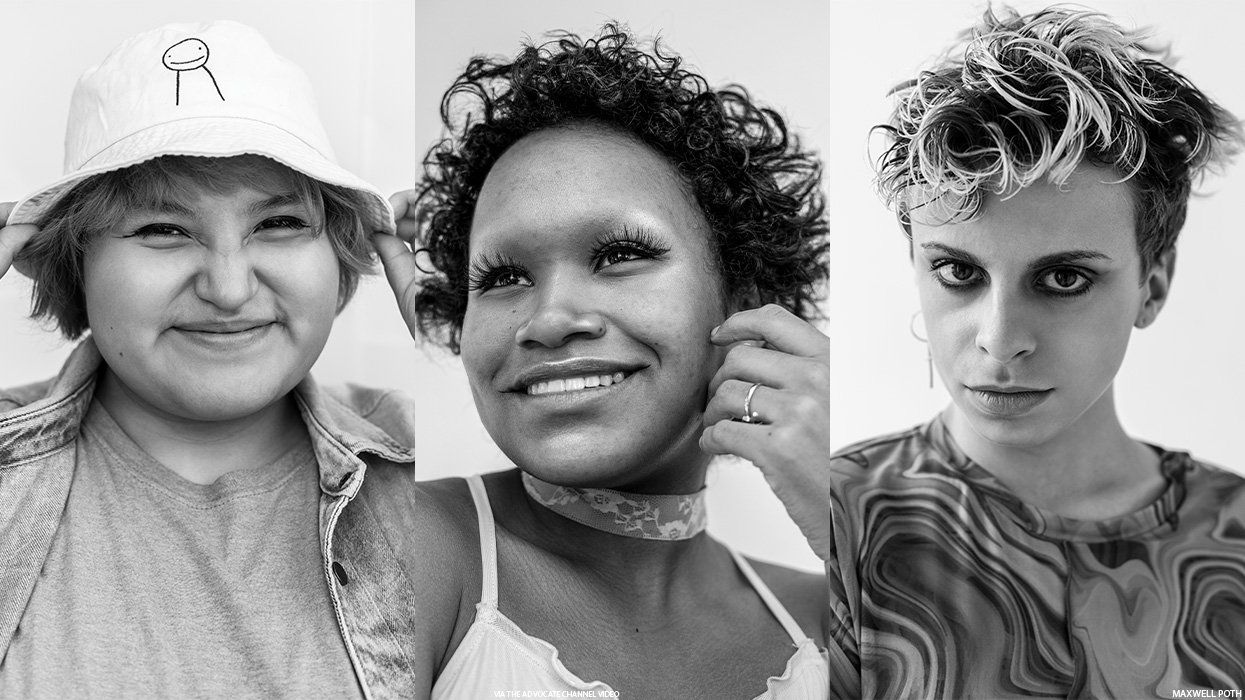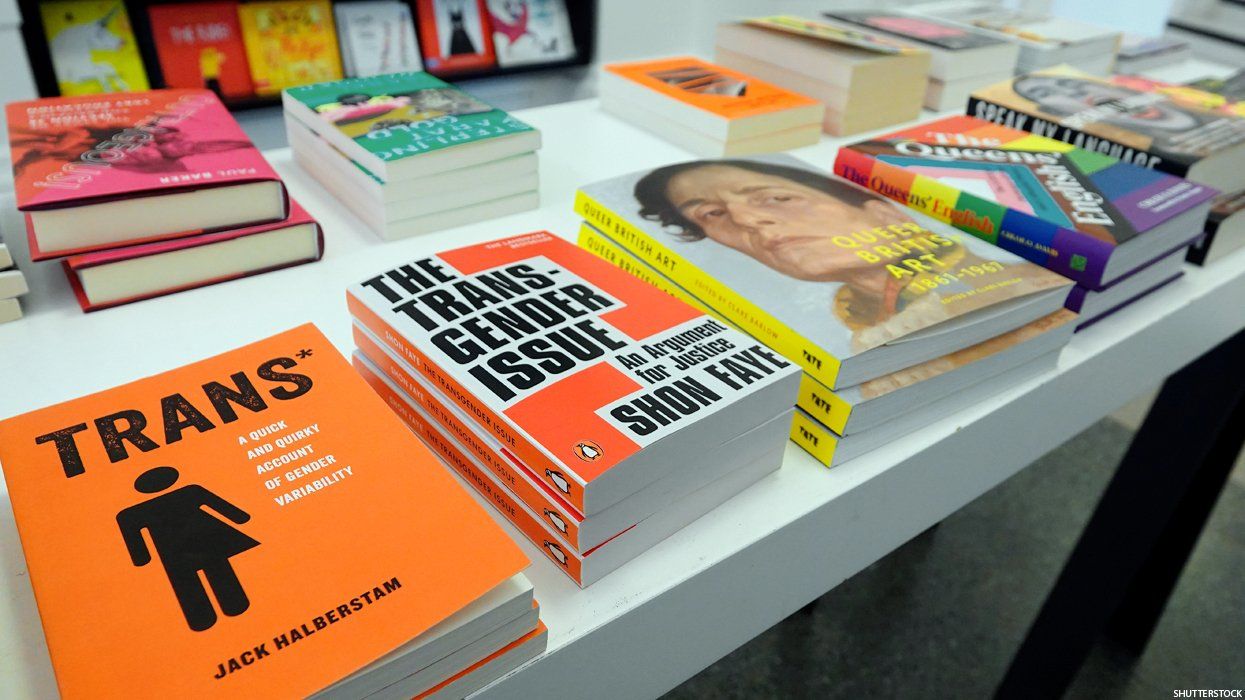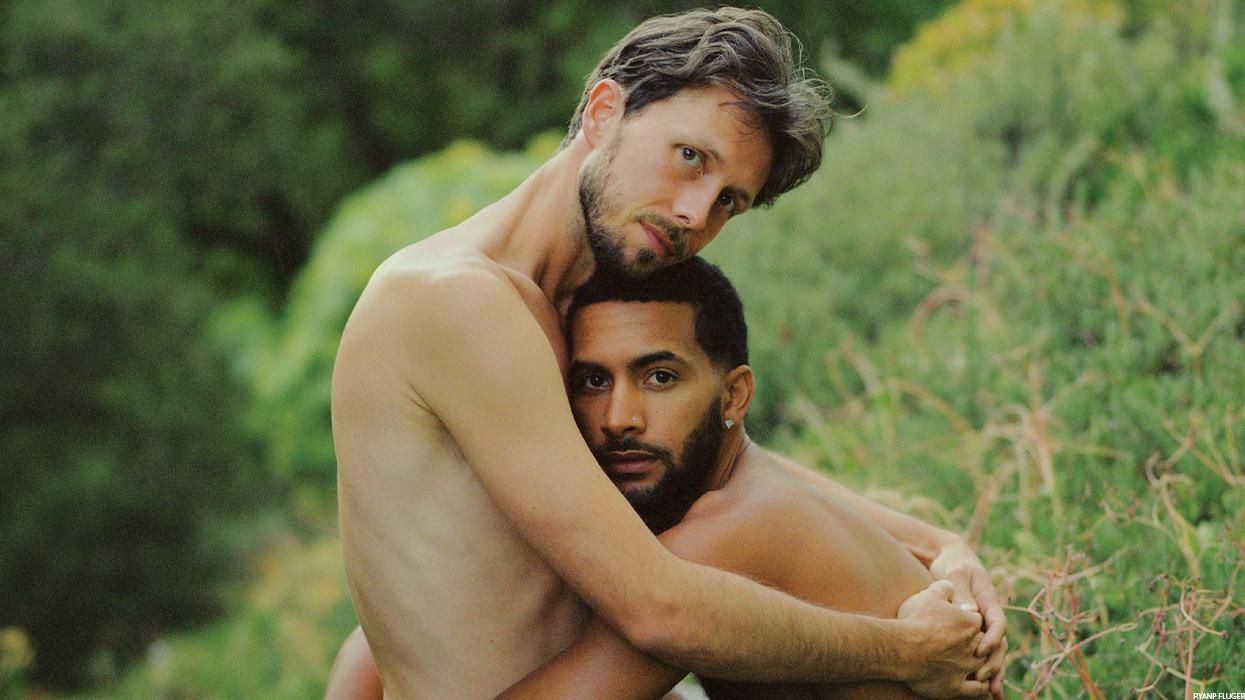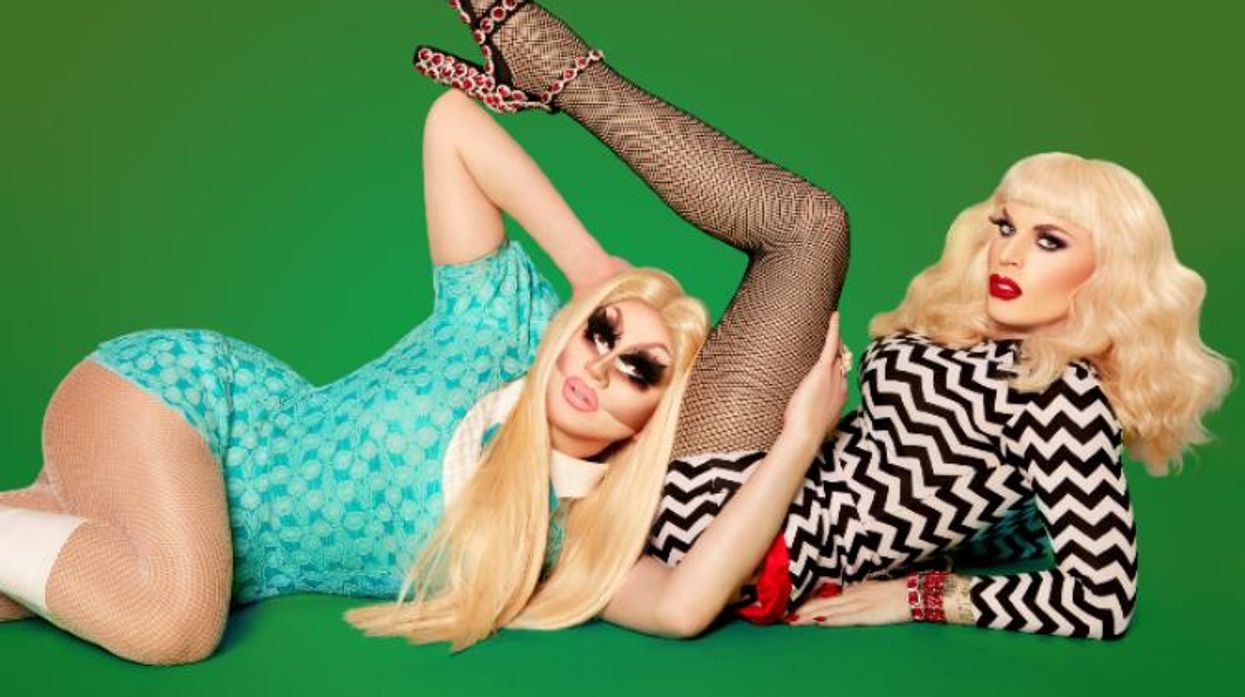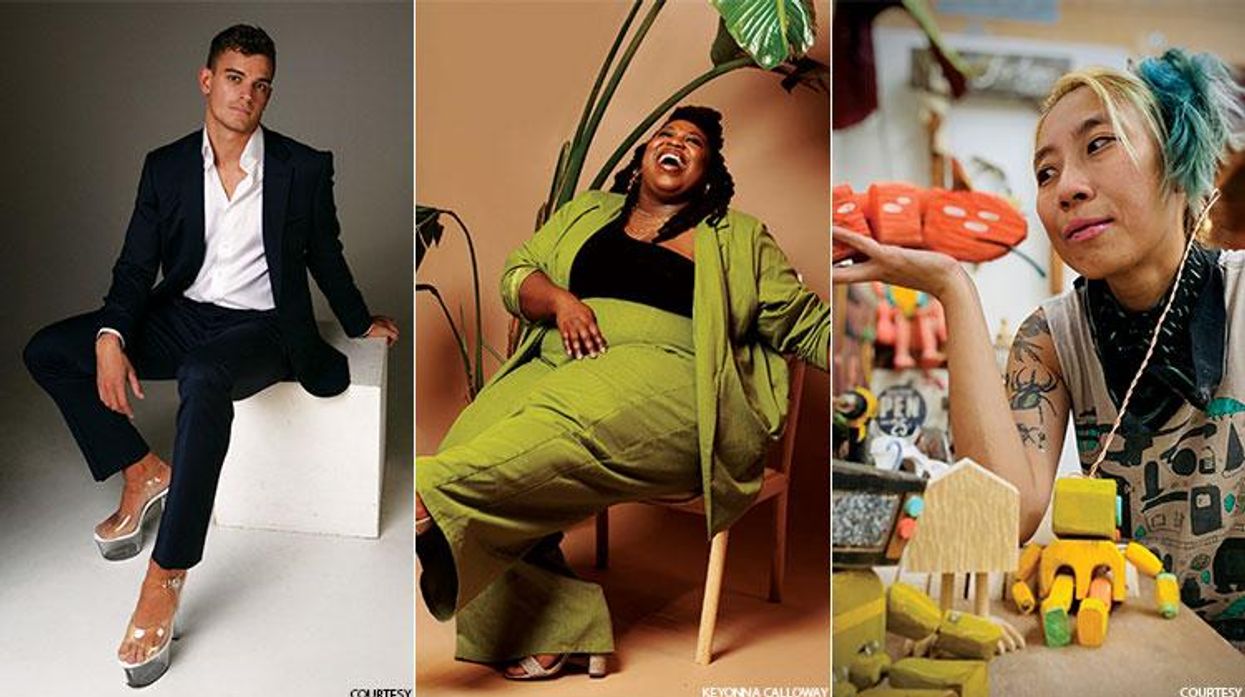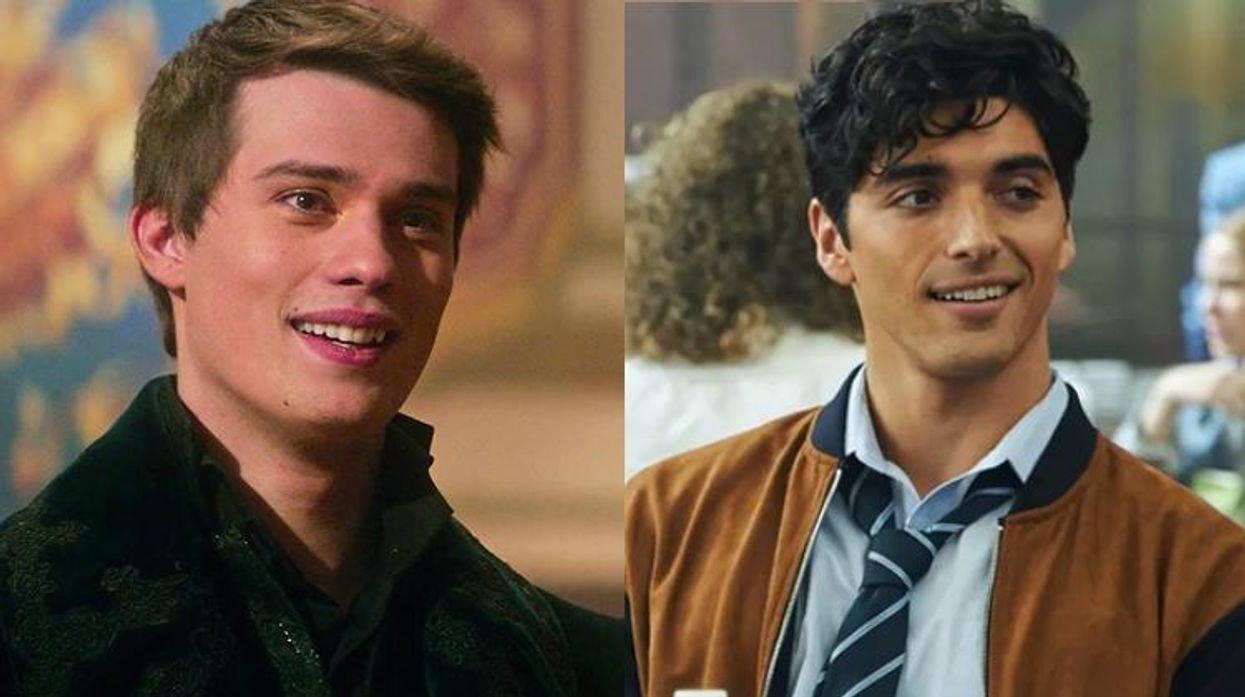At the recent Emerald City Comic-Con in Seattle, Emily Willis handed me a copy of Frankenfiction, her book of queer Frankenstein stories. The idea came to her when she noted that "Frankenstein" was the doctor's name, but everyone uses it to refer to the monster. "Excuse me," replied Willis' fellow creator Pascalle Lepas "He took his husband's name."
There is a sexual revolution underway in comics, from serial art that provides sex education to graphic novels that subvert conventional wisdom about who's ogling who. From the indie level up to major publishers, creators are beginning to veer outside the long-standing default straight-male gaze--a shift in focus that mirrors that of mainstream culture.
Related | This Queer Latina Superhero Channels Beyonce in New Comic Cover
This change is long overdue. We have gay characters in mainstream movies, gay leads on network TV shows, and bit by bit we're seeing LGBTQ characters in AAA videogames. At last the comic industry is making strides, as well, as with Marvel's trans character Koi Boi and Wonder Woman's recent outing at the age of 75.
A key force behind this change: the vibrant queer indie-comic scene, which has grown increasingly daring and insistent that their stories be represented. Just a few years ago, queer creators had difficulty being heard, and now they're finding seats at the table of major companies.
Love Machines by Josh Trujillo
In addition to Emily Willis, this year's ECCC was overflowing with LGBTQ creators in the artist's alley. Writer Josh Trujillo offered a hardbound copy of Love Machines, an anthology of stories about objects and romance. He also recently published Declaration with artist Levi Hastings, which tells the story of a same-sex couple during the Revolutionary War.
Across the aisle, Lonnie Mann offered copies of Thoughts from Iceland, his cozy autobiographical travelogue, and next to him was Tony Breed with his slice-of-gay-life Muddlers Beat collected into volumes. A few feet away was DJ Kirkland with art of thick sexy men, and there was a non-stop line of fans eager to meet Marvel's Hellcat artist Kate Leth.
We've come a long way since the bad old days when queerness was kept out of sight.
"I was told that having explicit sexuality as part of gay male narrative would 'condemn' us to niche publishing," said industry veteran Dale Lazarov. "I see that happening to self-published gay comics that want to be more circumspect about sexuality, so I am not entirely sure if what you trade off in visibility you gain in access."
Related | Gay Mormon Superhero Explores the Intersection of Comics & Religion
Love Machines' Trujillo added, "When I first started in comics the scene was much different. There were a few brave, out creators like Phil Jimenez or Eric Shanower, but almost no queer voices on the comics page. I was urged by some creators I respected to downplay my queerness, and even to change my 'foreign' sounding last name if I wanted a career."
Leth said she sees more parents, especially younger ones, being open to queer content for their kids regardless of orientation. "It's not universally the case, of course, but it's always so great to see," she said. "All I can do is keep making it until it's not exceptional anymore."
Artist and writer Joey Alison Sayers recently had her work published by The Nib, satirizing Republican efforts to pass bathroom bans. "It's called, What to do if a Trans Person Enters the Bathroom," Sayers said. "One of the panels is, 'Wash your hands. Public bathrooms are full of bacteria. That's EXTREMELY DANGEROUS.'"
While queer work is increasingly appearing in mainstream outlets, LGBTQ content has been growing more nuanced as acceptance grows. Standard queer narratives have all been covered at length, and now creators are exploring new ground.
"I think we're moving beyond the coming out story," Mann said. "When you don't need to do a book about coming out, you can write about relationship problems straight people have been writing about for years."
Trujillo said he recently spoke to a high school class in Portland about his comics and realized that people are "hungry for stories that represent themselves, and speak to their experiences in a more nuanced way." He continued, "For me, it's less about wish fulfillment or gay power fantasies than it is about wanting to feel that we're included in substantive narrative fiction alongside everybody else."
Related | X-Men Writer's New Comic Stars a 250 Pound Black Trans Woman (Who's Also a Former NFL Player)
Another emerging queer trend in comics is an unabashed approach to erotica. Lazarov recently contributed stories about park hookups to the book Bulldogs, and said, "The part of me that likes to go against 'respectable,' inflexible, normative ideas about sexuality totally loved it as the subject of comics. Plus, Tom of Finland was all over the 'sex in parks' and 'tough guy and cop smile and hook up' tropes, so Bulldogs is a step forward for the tradition for wordless gay comics that we labor in as graphic novel creators.
All these changes reflect an evolution in larger culture, from a more welcoming attitude toward queer sexuality to greater openness to experimentation.
"Comics follow trends, whether it be Kung-Fu or blacksploitation or disco or whatever," Trujillo said. "Part of the beauty of comics is that they are an immediate, disposable medium. They represent what is happening right now, [and] right now, all of the excitement in comics is from queer creators."
Sayers suggested queer comics overall are becoming less of a fringe genre. "In fact, I'm not even sure they're necessarily a genre anymore," she said.
For that we owe a large debt of gratitude to indie comics. "Mainstream publishers have greatly benefitted from approaching non-mainstream creators who have an investment in queer characters and know how to represent them as nuanced and textured people," Lazarov said.
Related | Catwoman Comes Out as Bisexual
Leth attributes the comic industry shift to crowd-funding and self-publishing. "Books like Check, Please!, which is a gay hockey comic made by a woman of color on Tumblr, have broken fundraising records. Anthologies like Beyond, Elements, and Smut Peddler are all filled with LGBTQ content. Creators that don't fit the expectations for mainstream comics are finding they don't have to--they can make it independently and find success. They kept telling us to go make our own work if we wanted it so bad, and then we did."
Nevertheless, challenges remain. There's been some pushback from audiences who simply can't accept change, even when it's change for the better. "I don't see people who have narrow ideas about comics evolving," Lazarov said. "The sense of ownership of a genre or medium is threatened by having to share it with people who are not like you. In a sense, that kind of fan entitlement is like white male privilege, and we have a long road ahead of us in making comics as diverse as they are in Japan or Europe."
But this problem can be solved, judging from the progress made so far. With the climate in comics steadily improving, creators and fans are now freer than ever to dream big. For his part, Lazarov's eye is on some non-canonical relationships for Superman's associates.
"I'll never be happy until Peter Ross, Morgan Edge and Steve Lombard come out as a gay throuple in Clark Kent's social circle," he laughed.


